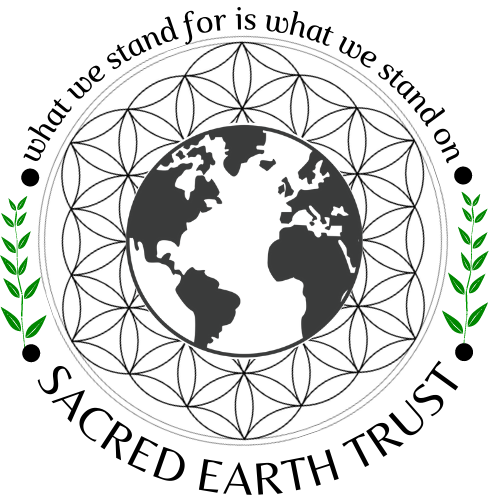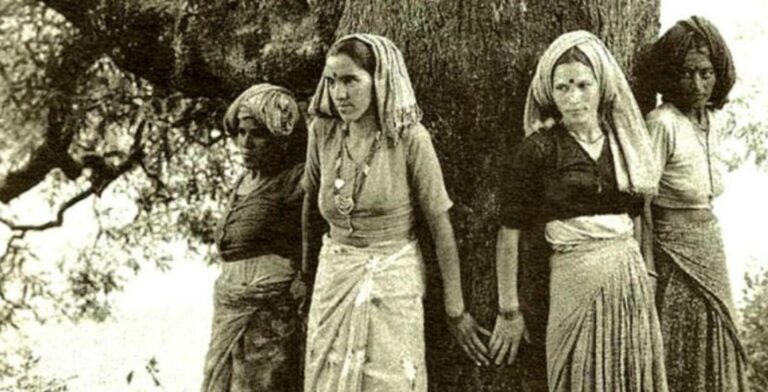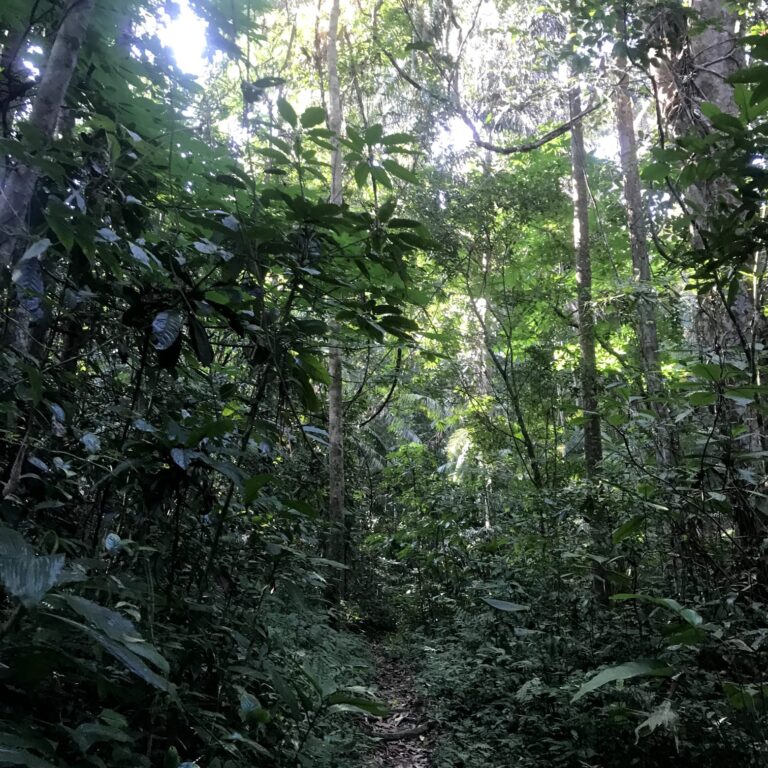“Indigenous peoples are right on the frontlines of the very real and dangerous fight for the world’s forests.” – Alec Baldwin, actor, and climate activist
Humans have always had the urge to put things into perspective so they can be understood by the human brain. Still, some phenomena, such as climate change, are far more complex than we can ever imagine! Climate change is undeniable, and the world’s leaders are trying to take action against it. Indigenous peoples are bearing the brunt of this environmental burden, as they are on the frontlines of the fight to protect their land.
Indigenous groups are very diverse, However, they all share a common element, which is a connection to their land and its resources and a desire to preserve its unique historical traditions. In addition to indigenous peoples’ cultural, linguistic, and economic importance, they are critical ecosystem stewards.
Now, in a world of 8 billion people, Indigenous communities are often overlooked and ignored because of their distribution. On the contrary, UN (United Nations) statistics show a different picture. “Approximately 70 million indigenous peoples occupy 20 percent of the earth’s territory, representing as many as 5,000 different cultures.” That’s more than the population of the United States, so they cannot be ignored. Until the twenty-first century, Indigenous peoples were seen as victims of climate change rather than agents of environmental protection.
Indigenous communities are disproportionately affected by climate change. Let’s look at an example to understand this better. Over 100,000 indigenous people work as reindeer herders, and around 20 Indigenous communities responsible for 2.5 million reindeer practice this ancient calling in Alaska, Canada, China, Finland, Greenland, Mongolia, Norway, Russia, and Sweden. Reindeer serves as an icon for the economic, cultural, spiritual, and social underpinnings of these people’s lives. However, as climate change takes hold, the chilly places in which these cultures reside are altering significantly. The snow is getting more unpredictable, and the ice and winds are shifting, harming the reindeer. As a result of climate change, many Indigenous people are being forced to move as their ancestral grounds become unsuitable. Without their traditional lifestyle and reliance on reindeer, the cultures of these indigenous peoples are under threat.

Sami Reindeer Herd, Sweden. CC: Mats Andersson
But there is a silver lining, Indigenous communities possess invaluable traditional knowledge that must be utilized in the search for a solution to the climate crisis. Also, Indigenous peoples understand and respond to the effects of climate change in new and innovative ways. Relying on traditional knowledge and other skills to discover solutions that may help society cope with the coming changes. Here’s an example: The unexpected impact of sea level rise and increasingly regular storm flooding stunned the Indigenous residents of the Nazirpur sub-district in Bangladesh. Flooding was seen in areas where the older generation used to play as children. Sites formerly free of tidal impacts are now submerged during high tide, resulting in a sudden shift in coastal ecosystems.
So what did they do? Indigenous people used their expertise and design skills to protect their fields from storm floods and sea-level rise with floating farms in response to sea-level rise. Floating farms consist of multiple boats that store and grow seeds or crops above the ground. These boats either sail or sink when sea levels fluctuate, facilitating the proper operation of farming activities even when continuous or infrequent floods occur.

Floating farms of Nazirpur Sub- District, Bangladesh CC: Reuters
“When we’re fighting… the impact of global warming, floating farming could be the future.” – Digbijoy Hazra, Agricultural Officer – Nazirpur sub-district, Bangladesh
Indigenous peoples’ problems are early warning signs of what the world will face eventually. They dramatically expose ideological notions that the rest of us are unwilling to examine: market-based solutions to all problems, the tendency to see carbon trading as a means to continue business as usual, the desire to keep our cars at any cost, and many others.
However, Indigenous peoples provide more than just a harsh mirror. They also offer an alternative worldview that sees natural processes as cyclical, values the environment, and, most importantly, examines our activities from the perspective of future generations. Indigenous peoples are the stewards of our planet’s resources and hold the knowledge to help protect and sustain our environment.
References
- Why indigenous communities matter in tackling climate change. (2015, February 20). Global Citizen. Retrieved December 28, 2022, from https://www.globalcitizen.org/en/content/why-indigenous-communities-matter-in-tackling-clim/
- Ho, W. K. (2022, December 22). The Role of Indigenous Knowledge in Climate Change Adaptation In Bangladesh and the Philippines | Earth.Org. Earth.Org. Retrieved December 28, 2022, from https://earth.org/indigenous-knowledge/
- Yeo, S. (2014, July 28). Five ways climate change harms indigenous people. Climate Home News. Retrieved December 28, 2022, from https://www.climatechangenews.com/2014/07/28/five-ways-climate-change-harms-indigenous-people/
- Climate Change. (n.d.). Department of Economic and Social Affairs Indigenous Peoples. Retrieved December 28, 2022, from https://www.climatechangenews.com/2014/07/28/five-ways-climate-change-harms-indigenous-people/
- Cherrington. (2020, November 24). Indigenous Peoples and Climate Change. Indigenous Peoples and Climate Change | Cultural Survival. Retrieved December 28, 2022, from https://www.culturalsurvival.org/publications/cultural-survival-quarterly/indigenous-peoples-and-climate-change



